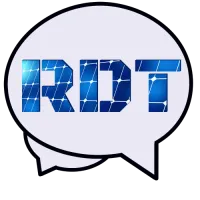


Save Response Custom Webhook Action
Originally Posted: July 6, 2023
Hey there!
In this post, we'll explore the key features of custom webhooks and how they can enhance your automation workflows.
Setting up Custom Webhooks: Easily add the custom webhook action to your workflow, selecting the desired method (e.g., POST). Configure the webhook catcher (e.g., Zapier) accordingly.
Capturing and Utilizing Responses: Enable the "save response from this webhook" option to capture and store webhook responses. These responses provide valuable data for analysis and allow for customized actions based on success or specific IDs associated with contacts.
Testing and Integration: Test the webhook by sending a request to see if it returns a successful response. Utilize custom values such as attempt IDs and request IDs in emails or other actions, tailoring interactions based on webhook outcomes.
Optimizing Workflow Automation: Custom webhooks offer new possibilities for dynamic and personalized interactions with contacts, maximizing the effectiveness of your campaigns. Refer to our help library for more detailed information on utilizing custom webhooks.
Custom webhooks are a powerful addition to our premium workflow actions, enabling you to capture and utilize webhook responses seamlessly. Enhance your automation workflows with custom webhooks today!
Cheers,
The RDT Team
Be The First To Get The Updates On RDT
Subscribe To Our YouTube Channel

